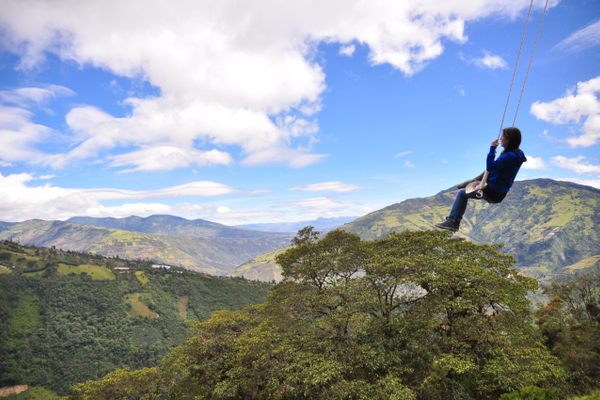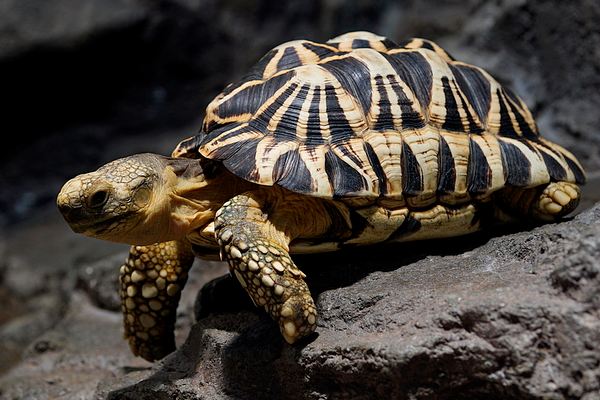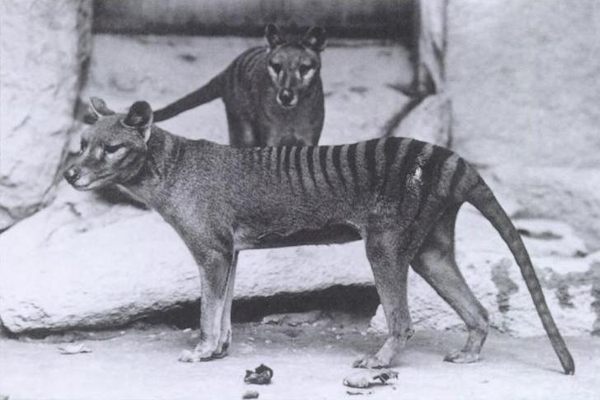How a Flipped-Over Giant Tortoise Gets Its Feet Back on the Ground
And why some find it harder than others.

With tank-like shells and weighing up to 900 pounds or more, the giant tortoises of the Galápagos Islands have little to fear (except, in general, people) as they tromp across the volcanic landscape of their archipelago home. One of their most immediate threats is taking a tumble. If flipped, either in the course of mating, fighting, or simply navigating craggy lava rocks, they may struggle to right themselves. And if that struggle proves too much, they die a sad, pathetic death, legs flailing in the air.
Among the dozen or so varieties of tortoise among the islands, there are two main shell shapes: domed and saddleback. Domed tortoises are pleasingly emoji-like, with spherical shells that are rounded like soccer balls. The saddlebacks, on the other hand, have flatter shells, with flared edges reminiscent of an oyster’s. Ylenia Chiari, a biologist at the University of South Alabama, used digital models based on 89 tortoise shells to test how shell shape affects their ability to get back on their feet. The results were published earlier this week in the journal Scientific Reports.
Some of the shells that Chiari used for her 3-D models came from museum collections, while others were still inhabited. For these, Chiari took detailed sets of photographs of live tortoises. Each variety approached their scientist paparazzi in slightly different ways, reported Science News. Domed tortoises pulled their heads back into their shells, huffing and puffing until the weirdness went away. Saddlebacks, on the other hand, were more antagonistic, gnashing emphatically—if ineffectively—at Chiari’s legs.
Also, in order to simulate the energy required to right a toppled chelonian, the researchers needed to determine where a live tortoise’s center of mass is. In what must have been whimsical for the researchers, and downright bizarre for two domed tortoises at the Rotterdam Zoo, the team placed the animals on unstable platforms, and snapped photos as the reptiles tried to maintain their footing.
On balance, the researchers found that it’s much easier for a tortoise with a domed shell to flip itself back over—perhaps not surprisingly, since it’s easier to roll a soccer ball than an oyster shell. Those domed tortoises simply need to fling their limbs back and forth to generate the momentum to roll back over. Saddleback tortoises, on the other hand, must work much harder and use more energy. They have to stretch out their long sinewy necks to give the roll a little extra push. Sometimes, in a life or death situation, you have to stick your neck out.



















Follow us on Twitter to get the latest on the world's hidden wonders.
Like us on Facebook to get the latest on the world's hidden wonders.
Follow us on Twitter Like us on Facebook